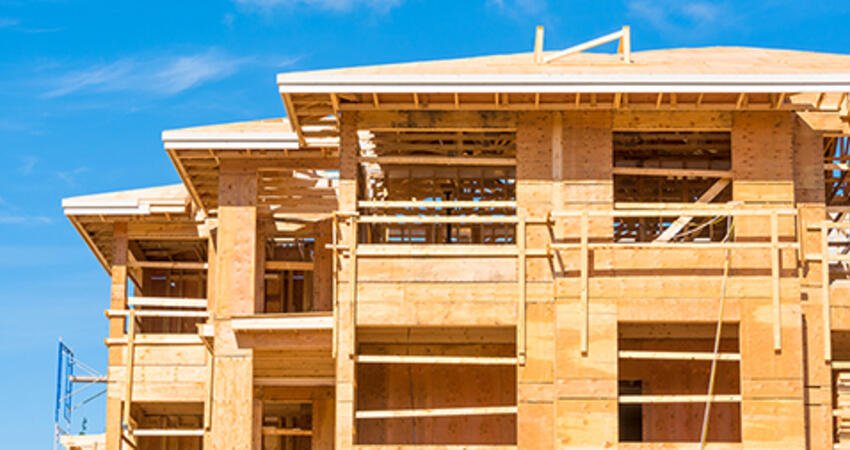
How States Are Incorporating Health into the Low-Income Housing Tax Credit
- Title:
-
Perspectives On Integrating Health Into The Low-Income Housing Tax Credit: A Qualitative Study
- Author:
-
Marc Shi, Abigail Baum, Craig E. Pollack
- Source:
- Publication Date:
-
2020
In recent years, housing has emerged as one of the most talked about and researched social determinants of health. Several decades of research examining the impact of hazards like lead paint, asbestos, and mold on children’s health have highlighted the connection of housing quality to health in communities across the US. And housing’s impact on health has broadened from a focus solely on quality to include housing characteristics such as affordability and location. The Low-Income Housing Tax Credit (LIHTC) Program is the nation’s largest initiative that incentivizes affordable housing production. To allocate tax credits, state housing finance agencies develop a Qualified Allocation Plan (QAP), which establishes the criteria for competitive applications and awards points for development plans that meet these criteria. Because of the desirability of LIHTC funds, housing developers must try to maximize points to get funding. A new study explores the opportunities and obstacles involved in including health-related criteria in LIHTC funding plans.
The authors interviewed 22 stakeholders in the affordable housing field with experience using or studying the LIHTC—including private and nonprofit affordable housing developers, representatives of state and local housing finance agencies, public health and public policy researchers, and members of advocacy groups (the study did not include interviews with residents of LIHTC affordable housing). The researchers asked interviewees about the health-promoting criteria—such as the prioritization of energy efficiency in construction, provision of onsite health-related services, and the siting of housing near health care facilities—that were proposed or integrated into QAPs, the ways interviewees developed or finalized new criteria, the benefits developers can receive when they meet QAP criteria, and the ways location was factored into QAPs.
Key findings
Housing finance agencies incentivize health in LIHTC developments in four main ways: construction materials and methods, on-site services, siting near specific health amenities, and location in areas that score high on an opportunity index.
The incorporation of health-promoting materials was the most widespread approach. In contrast, though many identified the need for cross-sector approaches, only a few interviewees described partnerships with local health institutions to help them meet some of the QAP criteria. Some examples of such partnerships include the provision of health-related services and, in one case, the provision of a capital grant to the project in exchange for reserving a few new units for high utilizers of hospital services.
Despite the positive intentions of QAP criteria, many interviewees expressed that tensions between criteria made it difficult to qualify for certain points or to optimally achieve health outcomes:
- The inclusion of health-promoting features and services and the ability to build in high-opportunity areas could increase the cost of construction. This is challenging with many QAP requirements, which emphasize low-cost construction.
- Similarly, some criteria promote the siting of new developments near health-promoting services and resources like federally qualified health centers (FQHCs) and transportation hubs. However, the majority of FQHCs are in high-poverty areas rather than high-opportunity neighborhoods, which poses the risk of further concentrating poverty and worsening economic segregation.
Policy implications
- Scoring criteria for LIHTC has the potential to promote healthy environments beyond focusing solely on construction materials by also considering neighborhood location and links with health services.
- Learning communities like Enterprise Community Partners’ Health Action Plan pilot can help engage health practitioners in the development of healthy housing.
Photo by Imagenet/Shutterstock


